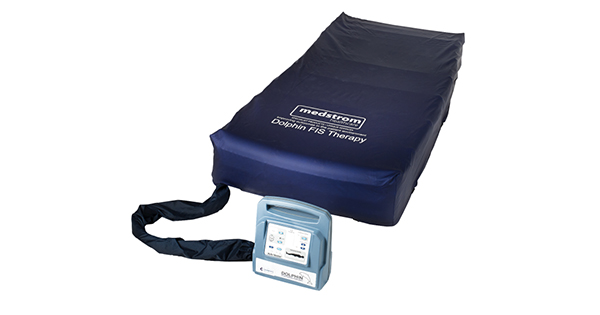Measurement of wound size and, more specifically, surface area is an important aspect of assessing any wound. With regards to burn wounds this measurement, expressed as percentage of the total body surface area, is the cornerstone of management. The Lund and Browder chart is regarded by most authors as the most accurate in measuring this percentage and is widely used in everyday clinical practice. In this article, important clinimetric properties that are applicable to the Lund and Browder chart, such as its reliability, concurrent and construct validity, acceptability and readability will be evaluated and weaknesses will be identified.






